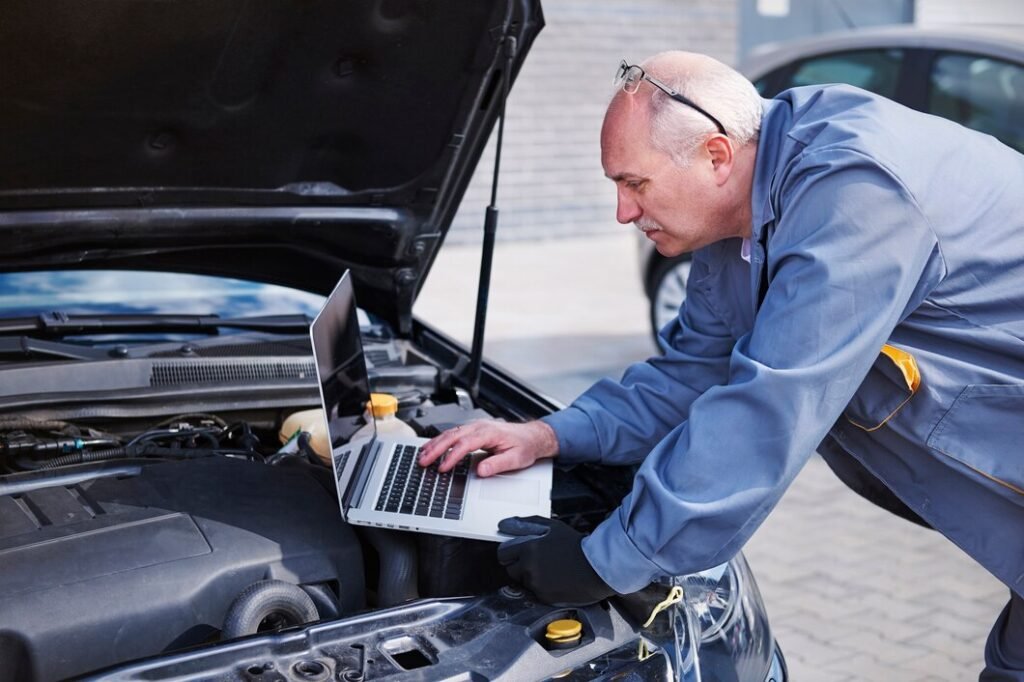Your car’s head gasket is an essential part of your engine, but when it blows, the repair cost can make any driver cringe. Understanding what’s involved in repairing or replacing a blown head gasket can help you prepare for the cost and avoid unnecessary expenses. In this post, we’ll break down the car head gasket repair cost, what impacts the price, and how to save on the repair bill.
What Is a Head Gasket, and Why Does It Matter?
Before diving into repair costs, let’s talk about what the head gasket actually does. A head gasket is a seal between the engine block and the cylinder head. Its job is to keep engine fluids (coolant and oil) from mixing while maintaining the right compression within the cylinders. When this small part fails, it can lead to some big problems—like engine overheating, loss of power, and even engine failure.
How Much Does a Car Head Gasket Repair Cost?
If you’ve heard that a blown head gasket is expensive to fix, you’re not wrong. The cost of a car head gasket repair can range anywhere from $1,000 to $2,500 or more, depending on several factors. Here’s why:
- Labor Costs: Replacing a head gasket is labor-intensive. Mechanics have to take apart the engine, repair the gasket, and put everything back together. This process can take anywhere from 10 to 20 hours of work, and labor rates vary by location. On average, expect to pay between $70 and $150 per hour for labor.
- Parts Costs: The gasket itself isn’t expensive, usually costing between $100 and $300. However, if other parts need to be replaced—like the cylinder head or other engine components—that can add hundreds or even thousands to the repair bill.
- Car Make and Model: Some cars, especially luxury models or those with complex engines, cost more to repair. The type of engine (V6, V8, etc.) can also affect the price.
- Extent of Damage: If your engine has been running with a blown gasket for a while, there may be additional damage, like warped cylinder heads or coolant leaks. This can increase the repair cost significantly.
Signs Your Head Gasket Needs Repair

Not sure if your car has a blown head gasket? Here are some telltale signs to look out for:
- Overheating: If your engine frequently overheats, it could be a sign of a blown gasket.
- White smoke from the exhaust: This can mean coolant is leaking into the engine.
- Milky oil: If you see a creamy, milkshake-like substance on your oil cap or dipstick, coolant may be mixing with your oil.
- Loss of power: A blown gasket can result in a significant loss of engine performance.
- Bubbling in the radiator: This is another sign that combustion gases are leaking into the coolant system.
Can You Drive with a Blown Head Gasket?
Technically, yes, but it’s a terrible idea. Continuing to drive with a blown head gasket can cause serious damage to your engine. Overheating can warp the cylinder head, and contaminated oil can lead to engine failure. This means a more expensive repair (or even a full engine replacement) down the road.
How to Save Money on a Head Gasket Repair
No one likes the idea of shelling out thousands of dollars for a repair, but here are some ways to potentially lower the cost:
- Shop Around: Don’t settle for the first quote you get. Call multiple mechanics or auto shops to compare prices.
- Use Aftermarket Parts: While OEM (original equipment manufacturer) parts are often the most reliable, aftermarket parts can sometimes save you a bit of cash.
- Catch the Problem Early: The sooner you catch a head gasket problem, the less damage it will do to your engine. Early repairs are often less expensive.
- DIY: If you’re handy with cars and have the right tools, you might consider repairing the head gasket yourself. However, this is a complex job, and it’s easy to make costly mistakes.
Is a Head Gasket Repair Worth It?
The big question: Should you repair your blown head gasket or cut your losses and buy a new car? It depends on the age, condition, and value of your vehicle. If your car is older and worth less than the cost of the repair, it might not be worth it. However, if your car is relatively new or has sentimental value, repairing the gasket could be the best option.
Conclusion
A car head gasket repair cost can be one of the most expensive repairs you’ll face as a car owner, but understanding the costs involved can help you make an informed decision. Whether you choose to repair the gasket or trade in your car, catching the problem early is key to avoiding additional engine damage and even higher costs.
FAQs
Q: Can a head gasket be repaired without replacing it?
A: In some cases, a mechanic might recommend using a sealant product, but this is usually a temporary fix. For long-term reliability, a full replacement is recommended.
Q: How long does a head gasket repair take?
A: On average, it takes between 10 to 20 hours of labor to repair or replace a head gasket, depending on the car make and model.
Q: Is a blown head gasket covered by insurance?
A: Usually, head gasket repairs are not covered by car insurance unless you have an extended warranty that covers mechanical breakdowns.
Q: How often do head gaskets fail?
A: Head gaskets are designed to last the lifetime of your engine, but they can fail due to overheating, poor maintenance, or engine design flaws.
